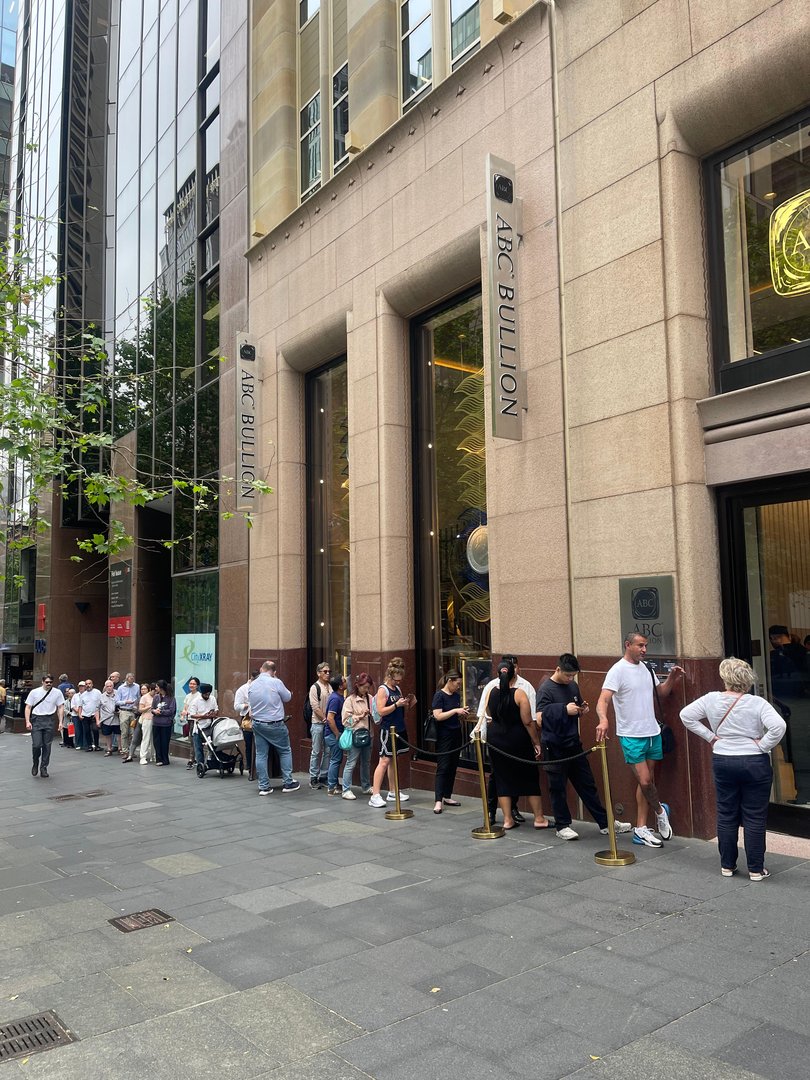BEN HARVEY: Gold is mostly useless. So why are we so nuts for the stuff?

Gold hits $US4000 an ounce for first time.
Australian property price indicator surges to 15-year high.
Those two headlines would never ordinarily be printed in the same decade, let alone on the same day.
Sign up to The Nightly's newsletters.
Get the first look at the digital newspaper, curated daily stories and breaking headlines delivered to your inbox.
By continuing you agree to our Terms and Privacy Policy.But on Wednesday, printed they both were.
It doesn’t make sense — the price of gold goes up when people think the sky is falling and Chicken Little shouldn’t be in the market for a new house.
We live in interesting economic times. Times when centuries of financial orthodoxy can be thrown out the window. Times when asset classes move in such unpredictable ways counter-cyclical investors sometimes find themselves running with the herd.
Economists are reluctant to talk in absolutes (US president Harry Truman once called for a one-handed economist, so sick was he of his advisers saying “on one hand, but on the other”) so I am not going to bother asking one of them to explain the counterintuitive phenomenon.

Plus, I have my own simple explanation for why gold and house prices have ditched their traditional inverse relationship to move up in concert: people are worried about the economy, but they don’t want to sleep on a park bench.
The desire for a roof over our head has trumped the fear of financial calamity.
What’s worse? Living in a cardboard box but having some walking-around money or living in a house with negative equity.
Give me a house any day. We are but cavemen and what’s a caveman without a cave? Just some guy getting eaten by a sabre-toothed tiger.
The primal need for a safe place to sleep explains our rush to auctions but it doesn’t explain another recently printed headline: ASX hits 9000 points for first time.
Variations of those words were writ large on August 21 and the market has remained frothy in the seven subsequent weeks.
How do we explain the break in the inverse relationship between gold and equities? Chicken Little might need a house but surely not also a new exchange-trade fund?
No, that really makes no sense. Yet we saw gold rise 54 per cent in 2025 — in the same period as the S&P ASX-200 clocked its best year in the past 15 (once you strip out the aberration of the COVID rebound in 2021).
No credible stock analyst is suggesting the ASX will clip 10,000 anytime soon but some reckon the gold run has only just started.
“Bull markets for gold have historically run for about five to seven years and we’re currently only about three years into the current bull market,” Drummond Knight Asset Management executive Kenneth Wan observed this week.
Everyone knew that gold was only ever one bad hairdo away from a bull run and so some kind of price spike after Donald Trump’s inauguration was expected, but nothing like this.
Even with the world on fire, and with investors flocking to safe-haven investments, this kind of run is unheard of.
Conservative investors reckon we’re in a bullion bubble. They say $US4000 an ounce doesn’t make sense.
It doesn’t.
But, when you think about it, neither does gold.
The world is mining more than 3500 tonnes of the stuff each year but only a fraction of that is really needed. By really needed, I mean required in the production of things that are actually necessary (electronics and aviation parts, for example).
Some of the remaining gold is converted into jewellery, gangsters’ teeth and opulent toilets for Saudi royalty but the overwhelming majority of it sits in bank vaults, gathering dust.
Our addiction to the shiny metal goes back millennia. It was originally valuable because it was universally tradable.
Since the 19th century, gold’s worth was propped up by government buying because the value of a nation’s currency was directly linked to how much bullion that country held.
That changed in 1971 when Richard Nixon gave two fingers to what was known as the gold standard and let market forces of supply and demand dictate the value of the US dollar.
Since then, it’s all been psychological. Gold is an asset class with no meaningful real-world applications which is worth a lot (right now) because (right now) people think it’s worth a lot.
Take the emotion out of it and gold isn’t that different to Bitcoin. That’ll boil the noodles of any economist reading this but it’s true.
As long as we all believe gold will hold its value in times of trouble, then it will hold its value.
Until it doesn’t.

